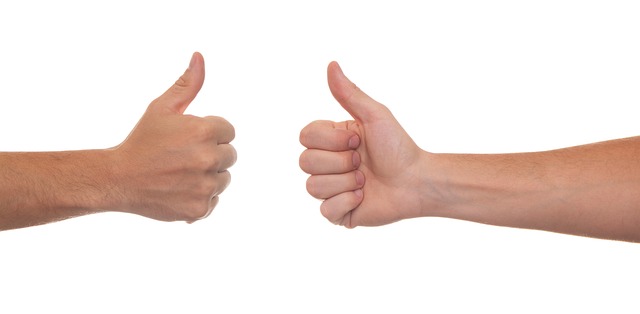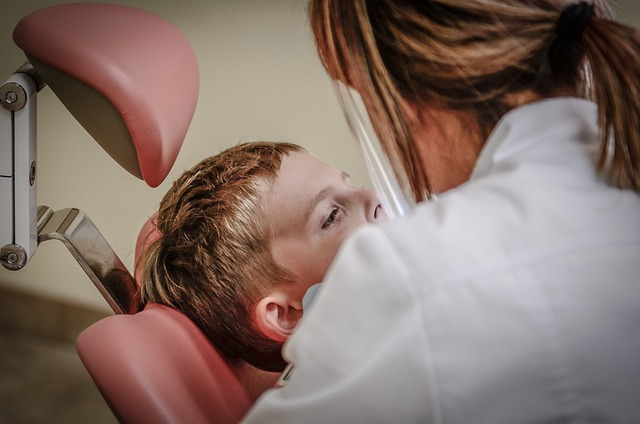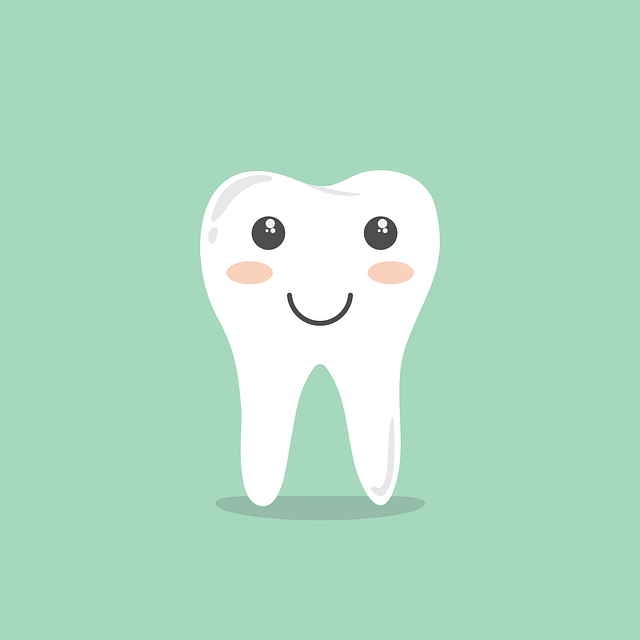Retainer Care 101: How to Fix Loose Retainer
Are you tired of dealing with a loose retainer that just won’t stay in place? Fret not, because in this comprehensive guide, we will take you through the ins and outs of retainer care. Whether you’re a newbie or a seasoned retainer-wearer, we’ve got you covered. Say goodbye to the annoyance and discomfort of a loose retainer as we unveil foolproof tips and tricks to fix it like a pro. Get ready to regain confidence in your smile as we delve into Retainer Care 101: How to Fix Loose Retainer.
1. Understanding the Importance of Retainer Care
Retainer care is a crucial aspect of maintaining a healthy and beautiful smile. By understanding the importance of proper care, you can ensure the longevity of your retainer and the effectiveness of your orthodontic treatment. Here are some key points to keep in mind:
Regular Cleaning: Just like your teeth, retainers need to be cleaned regularly to remove bacteria and prevent the buildup of plaque. Use a soft toothbrush and non-abrasive toothpaste to gently scrub your retainer. It’s also important to rinse it with lukewarm water after meals to remove any food particles.
Handling with Care: Retainers are delicate and can easily get damaged if mishandled. Always handle your retainer with clean hands to avoid transferring bacteria. When not in use, store it in its case to protect it from accidental damage or loss. Avoid exposing your retainer to excessive heat or hot water, as it can warp and lose its shape.

2. Identifying the Signs of a Loose Retainer
Loose retainers can be a common issue that many individuals face after completing orthodontic treatment. It is important to identify the signs of a loose retainer early on to prevent any further complications. Here are some key indicators to look out for:
- Lack of proper fit: If your retainer feels loose or doesn’t fit snugly against your teeth like it used to, this could be a sign of it being loose.
- Movement or shifting: If you notice your teeth shifting or moving slightly, it could be an indication that your retainer is not providing adequate support and needs adjustment.
- Discomfort or soreness: If wearing your retainer causes discomfort or soreness, it could be due to a loose fit, which can lead to irritation and potential damage to your teeth and gums.
If you experience any of these signs, it is crucial to consult with your orthodontist or dentist promptly. They will assess your retainer’s condition and determine the appropriate course of action. Remember, addressing a loose retainer early on can help maintain the results achieved through orthodontic treatment and prevent any potential setbacks.

3. Step-by-Step Guide: How to Fix a Loose Retainer
Fixing a loose retainer is a simple process that you can easily do at home. Follow these step-by-step instructions to tighten your retainer and ensure it fits securely in your mouth:
- Inspect the retainer: Start by examining your retainer to identify any visible signs of damage or wear. Look for cracks, broken wires, or loose sections that may be causing the retainer to feel loose.
- Clean the retainer: Before making any adjustments, it is crucial to clean your retainer thoroughly. Rinse it with warm water and gently brush it using a soft toothbrush or retainer cleaning solution. This will remove any debris or bacteria that may have accumulated.
- Identify the loose area: Once your retainer is clean, carefully feel around your mouth to determine the specific area where it feels loose. This will help you focus your efforts on that particular spot.
- Use a cotton swab or tweezers: If you notice any loose wires or sections, you can try using a clean cotton swab or tweezers to push them back into place gently. Be cautious not to apply too much pressure, as this may cause further damage.
- Apply dental wax: If your retainer still feels loose after adjusting any visible issues, you can use dental wax to provide temporary support. Simply take a small piece of wax and mold it around the loose area. The wax will help stabilize the retainer until you are able to see your orthodontist for a proper fix.
Remember, if your retainer continues to feel loose or if you are unsure about making any adjustments on your own, it is always best to consult your orthodontist. They have the expertise to diagnose any underlying issues and provide the necessary repairs or replacements. By following these steps, you can effectively address a loose retainer and maintain a healthy and well-fitting appliance.

4. Proactive Measures for Preventing Retainer Issues
Retainer issues can be a hassle, but with some proactive measures, you can prevent them from occurring. Here are some tips to help you keep your retainer in great shape:
- Keep it clean: Proper hygiene is essential for maintaining your retainer. Brush it regularly with a soft toothbrush and a mild soap or non-alcoholic mouthwash. Rinse it thoroughly to remove any cleaning product residue.
- Handle with care: Always handle your retainer with clean hands to avoid transferring bacteria or dirt onto it. Additionally, avoid bending or twisting it, as this can cause damage. When not in use, store it in its case to protect it from accidental breakage or loss.
- Avoid heat and chemicals: Exposing your retainer to high temperatures can warp or distort it. Keep it away from hot water, direct sunlight, or any sources of heat. Furthermore, refrain from using harsh chemicals or abrasive toothpaste when cleaning your retainer, as they can cause discoloration or damage.
Remember, prevention is key when it comes to retainer issues. By following these proactive measures, you can ensure that your retainer stays in excellent condition and continues to serve its purpose effectively. If you have any concerns or notice any problems with your retainer, don’t hesitate to reach out to your orthodontist for professional advice and assistance.
5. The Dos and Don’ts of Retainer Maintenance
Retainer maintenance is crucial for the long-term success of orthodontic treatment. By following these dos and don’ts, you can ensure that your retainer remains effective and your smile stays beautiful:
- Do wear your retainer as instructed: It’s important to wear your retainer as instructed by your orthodontist. This typically involves wearing it consistently, especially at night, to maintain the alignment of your teeth.
- Do clean your retainer regularly: Keep your retainer clean by gently brushing it with a soft toothbrush and mild soap or non-alcoholic mouthwash. Rinse it thoroughly to remove any residue.
- Don’t expose your retainer to high heat: Avoid leaving your retainer in direct sunlight, hot water, or near a heat source, as excessive heat can distort its shape and affect its fit.
- Don’t chew on hard or sticky foods with your retainer on: To prevent damage, remove your retainer before eating, and avoid chewing on hard or sticky foods that could bend or break it.
By following these simple guidelines, you can maintain the effectiveness and longevity of your retainer, ensuring that your teeth remain beautifully aligned. Remember, proper retainer maintenance plays an essential role in preserving your orthodontic results.

6. Seeking Professional Assistance for Persistent Retainer Problems
If you find yourself experiencing persistent problems with your retainer, it may be time to seek the assistance of a dental professional. While retainers are generally durable and reliable, occasional issues can arise that require the expertise of a trained orthodontist or dentist. Here are some situations in which seeking professional assistance is recommended:
- Severe discomfort or pain: If your retainer is causing significant pain or discomfort, it is crucial to consult a professional. They can assess the cause of the discomfort and provide appropriate solutions.
- Visible damage or breakage: If you notice any visible damage or breakage to your retainer, it is important to have it examined by a professional. They can determine the extent of the damage and recommend the necessary repairs or replacements.
- Inability to properly clean: If you are struggling to clean your retainer effectively, it is advisable to seek professional assistance. They can guide you on the best cleaning methods and provide tips to maintain optimal oral hygiene.
Remember, seeking professional help can prevent further complications and ensure the longevity of your retainer. Don’t hesitate to schedule an appointment with your orthodontist or dentist if you encounter any persistent problems with your retainer.
7. Ensuring Longevity: Tips for Prolonging the Lifespan of Your Retainer
Retainers are an essential part of maintaining the results achieved from orthodontic treatment. To ensure the longevity of your retainer and prolong its lifespan, here are some valuable tips:
- Clean your retainer regularly: Proper oral hygiene is crucial for the longevity of your retainer. Clean it daily using a non-abrasive toothpaste or a mild soap. Avoid using hot water as it may distort the retainer’s shape.
- Handle with care: Always handle your retainer gently. Avoid bending or twisting it, as this can weaken its structure. When not in use, store it in its protective case to prevent damage or loss.
- Avoid exposing to heat: Retainers are sensitive to heat and can warp if exposed to high temperatures. Keep them away from hot water, direct sunlight, or any heat source to maintain their shape and effectiveness.
- Keep away from pets: Pets have a tendency to chew on retainers, causing irreparable damage. Ensure that your retainer is stored securely and out of reach from any furry friends.
By following these tips, you can extend the lifespan of your retainer, saving you time and money in the long run. Remember, regular check-ups with your orthodontist are also essential to ensure the retainer continues to fit properly and effectively maintain your beautiful smile.
Frequently Asked Questions
Q: Why is it important to take care of a loose retainer?
A: Proper care of a loose retainer is vital to ensure its effectiveness and maintain the alignment of your teeth.
Q: How can I identify a loose retainer?
A: A loose retainer can be identified by a noticeable shift in the fit, causing discomfort or a feeling of looseness in your mouth.
Q: What are the common causes of a loose retainer?
A: Common causes of a loose retainer include accidental damage, normal wear and tear over time, or not following the recommended care instructions.
Q: Can I fix a loose retainer at home?
A: In certain cases, you may be able to temporarily fix a loose retainer at home. However, it is always advisable to consult your orthodontist for professional guidance.
Q: What are some temporary fixes for a loose retainer?
A: Temporary fixes for a loose retainer include applying orthodontic wax to secure it in place or using a retainer adhesive available at most pharmacies.
Q: Is it possible to permanently fix a loose retainer?
A: In some cases, a loose retainer can be permanently fixed by an orthodontist through adjustments or repairs. They will assess the situation and recommend the best solution.
Q: Can I continue wearing my loose retainer until it’s fixed?
A: It is important to consult your orthodontist if you have a loose retainer. They will advise whether it is safe to continue wearing it or if you should temporarily stop until it can be properly fixed.
Q: How can I prevent my retainer from becoming loose in the future?
A: To prevent a loose retainer, make sure to follow the care instructions provided by your orthodontist, avoid biting or chewing on hard objects, and maintain regular check-ups with your orthodontic professional.
Q: Should I consider getting a new retainer if mine is frequently becoming loose?
A: If your retainer consistently becomes loose despite proper care, it may be necessary to consult your orthodontist for a new retainer that fits securely.
Q: How often should I visit my orthodontist for retainer check-ups?
A: It is recommended to visit your orthodontist regularly for retainer check-ups, usually every six months or as advised by your orthodontic professional, to ensure the proper fit and function of your retainer.
Wrapping Up
In conclusion, taking care of your retainer is essential to maintain its effectiveness and prolong its lifespan. By following these simple steps, you can easily fix a loose retainer and ensure its proper fit. Remember to always handle your retainer with care, avoid eating hard or sticky foods, and clean it regularly to prevent bacteria buildup. If you experience persistent issues, it’s best to consult your orthodontist for professional assistance. With proper care and attention, your retainer will continue to serve its purpose, keeping your smile in perfect alignment.






